Neck Lift
Neck Lift in Kirkland, WA
Am I a Candidate for a Neck Lift?
Much like the face, the neck exhibits signs of aging that can be bothersome to patients. The common aesthetic issues of the neck (excess skin, wrinkling, a less-defined jawline, platysmal banding, or even a heavier, full appearance of the central neck) are mostly the result of decreased skin elasticity, the descent of fat due to gravity, and deposits of fat. Weight loss may also contribute to these concerns. Minimally invasive procedures can produce some benefit, but a surgical approach may be indicated to treat these concerns.
What Exactly is a Neck Lift?
A neck lift is designed to sculpt and contour the neck, ultimately restoring a more youthful appearance. This may include liposuction alone for certain candidates, but most often, incisions are needed to remove excess skin, remove central fat, and address platysmal banding. The platysma is a thin muscle that covers the front of the neck – with age, the edges of this muscle can become prominent and cause banding. To improve the jawline or central neck definition (cervicomental angle), a comprehensive approach to address these components is necessary. The way that a neck lift is designed is truly a continuation of a lower facelift. These procedures are often performed together to optimize your results.
Surgical Details
The exact surgical approach depends on your anatomy, but a typical approach is described here. Incisions are made both under the chin and around the ears, continuing into the hairline. The skin of the central and lateral neck is lifted from the underlying soft tissue, and excess fat is removed as needed. The platysma muscle may be cut at the lower end of the bands, and then the loose muscle may be sewn together (platysmaplasty). Finally, the excess skin is carefully re-draped and removed. The procedure may last between two and four hours.
Consultation Process
When patients come in for a neck lift consultation, Dr. Remington will ask about your aesthetic concerns. Your medical history will be reviewed to reveal any details that may affect your surgery. After examination, a customized treatment plan will be developed and illustrated for you. The potential risks, recovery time, and cost of the procedure will be discussed. Around the time of your surgery, certain medications may need to be stopped to optimize your recovery. You should avoid nicotine use or smoking, as this can increase your risk of complications.
Recovery and Results
Most patients experience swelling, bruising, and mild discomfort that is managed with prescription medications for several days. A recovery of two to three weeks is typical, with no strenuous activity or heavy lifting. Following this, patients usually have a rapid return to their daily activities. The majority of the swelling will subside within a few weeks, but the final results may take several months to fully appreciate. You can expect your improvement to last for many years.
Face and Neck Lift Gallery
“They want the best results for their patients“
“Dr. Remington and his team are wonderful; they want the best results for their patients and they stop at nothing less. They are skilled and caring. I highly recommend them.”
– E.A.


